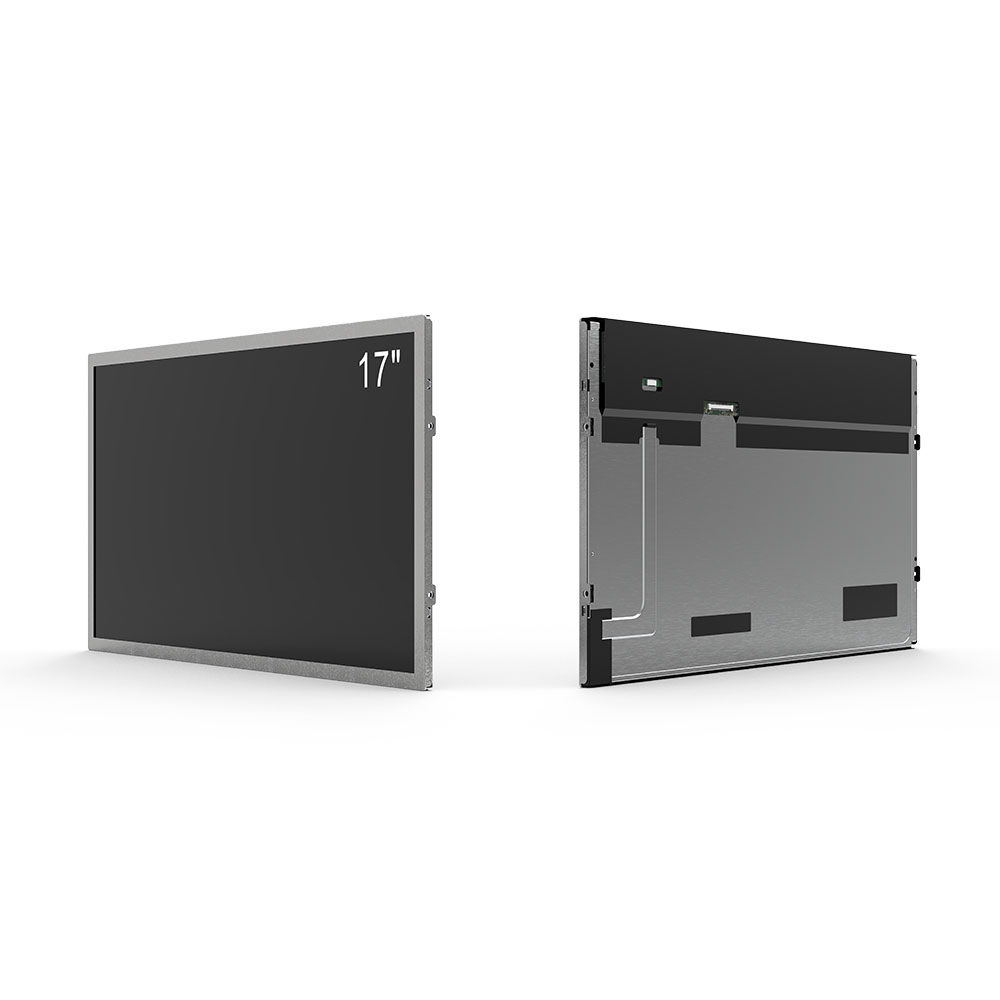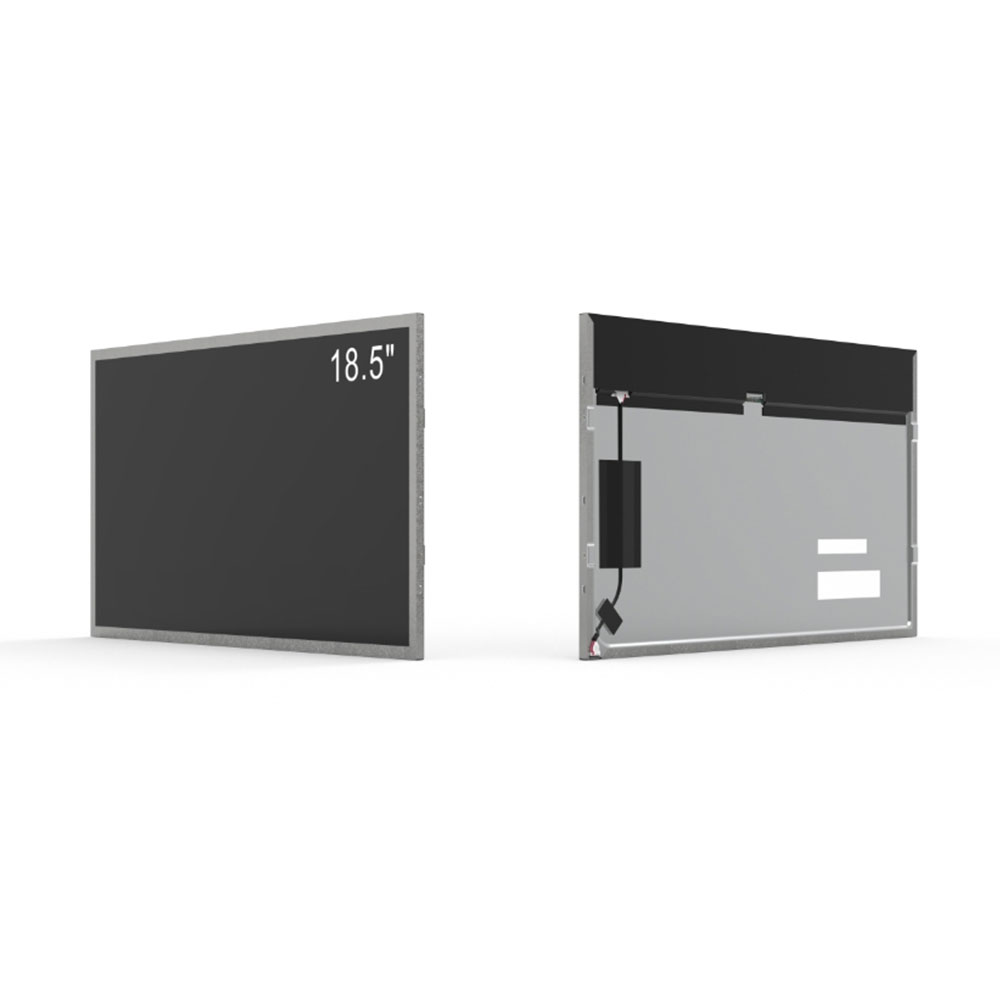When selecting an outdoor LCD screen for commercial or public use, it's essential to consider environmental durability, brightness levels, and long-term reliability. Unlike indoor displays, outdoor screens face extreme temperatures, humidity, direct sunlight, and potential vandalism—so choosing the right model is critical to performance and ROI.
Environmental Resistance and IP Ratings

Outdoor LCDs must be built to withstand harsh conditions. Look for a minimum IP65 rating, which ensures protection against dust ingress and low-pressure water jets. For coastal or high-humidity areas, IP68 certification is preferable. In cold climates, ensure the screen supports operation down to -20°C, while in hot regions like deserts, check for heat dissipation mechanisms such as passive cooling or active fans. Industry standards like IEC 60529 define these ratings—always verify compliance.
Brightness and Sunlight Readability

The most common mistake is overlooking brightness. A typical indoor display emits around 300–500 nits, but outdoors, you need at least 5,000 nits—ideally 7,000 nits—for clear visibility under direct sunlight. High-brightness LED-backlit panels are standard in professional outdoor screens. Test with real-world sun exposure; some manufacturers provide luminance data under ISO 8571-1 testing protocols.
Resolution and Viewing Angles
For advertising or digital signage, Full HD (1920x1080) resolution is recommended. Higher resolutions like 4K are overkill unless your audience is within 3 meters. Wide viewing angles (≥160° horizontal and vertical) ensure clarity from multiple positions—critical for pedestrian traffic or vehicle-based audiences.
Power Efficiency and Maintenance
Energy consumption matters for both cost and sustainability. Look for screens with adaptive brightness control (ABC) that dims during low-light hours, reducing power usage by up to 40%. Also, consider modular designs for easier repair—replacing just one faulty LED module avoids full panel replacement.
Real-World Case Study: Retail Chain Deployment
A major U.S. retail chain installed 120 outdoor LCDs across 20 stores using 7,000-nit, IP68-rated panels with ABC. After one year, they reported 23% higher engagement rates versus older models and only 2% failure rate—far below the industry average of 8%. Their choice prioritized brightness, weatherproofing, and remote diagnostics via embedded IoT modules.
In conclusion, don’t compromise on specifications. Always consult manufacturer datasheets, request field references, and test samples in your actual environment before deployment. The right outdoor LCD can boost brand visibility for over 10 years—if properly selected.







